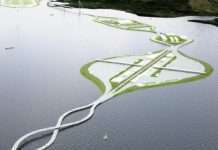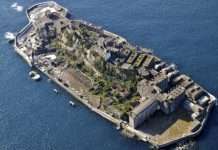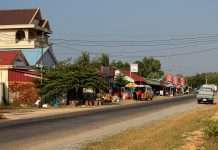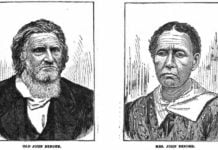The tragic death of journalist Dom Phillips, while investigating the future of the Amazon rainforest, highlighted a crucial question: how can we save this vital ecosystem? In the concluding episode of a three-part series exploring this challenge, global environment editor Jon Watts delves deeper, uncovering a perspective that’s reshaping our understanding of the Amazon and offering a potential path towards its preservation.
The Revision of Amazonian History
For centuries, the prevailing narrative depicted the Amazon as a largely untouched wilderness, a vast expanse of untouched rainforest. However, groundbreaking archaeological research is revealing a vastly different reality. This new wave of discoveries demonstrates that the Amazon wasn’t simply a wild space, but rather a landscape actively shaped by Indigenous peoples over millennia.
Evidence of Human Engineering
Evidence is mounting that Indigenous communities engaged in sophisticated forms of landscape management. This includes:
- Dark Earths (Terra Preta): These fertile, man-made soils, rich in charcoal and nutrients, significantly enhance agricultural productivity—a stark contrast to the often-infertile rainforest floor. These “black earths” aren’t naturally occurring; they are the deliberate creation of generations of Indigenous cultivation.
- Forest Gardens: Rather than clearing vast tracts of land for agriculture, Indigenous populations created complex forest gardens that mimic natural ecosystems while still providing food and resources. These gardens integrate various plants, trees, and animals, creating sustainable and diverse food systems.
- Artificial Wetlands: Evidence suggests the creation of artificial wetlands and waterways, demonstrating Indigenous understanding and manipulation of water systems for irrigation and transportation. This highlights advanced hydrological engineering skills.
- Managed Forests: Archaeological findings show evidence of intentional forest management practices, including planting specific tree species, thinning vegetation, and promoting biodiversity. This contradicts the notion of a pristine, untouched rainforest.
Reconnecting with Indigenous Knowledge
The implications of this revised historical understanding are profound. It suggests that the Amazon’s current state is not solely a product of natural processes, but also reflects the legacy of human intervention. More importantly, it highlights the immense knowledge held by Indigenous communities—knowledge accumulated over thousands of years of living in and managing the rainforest.
The key to saving the Amazon might not lie in imposing external solutions, but in listening to and collaborating with the people who have always lived in harmony with it.
Watts explores how this knowledge can be harnessed to secure the Amazon’s future. This includes:
- Traditional Ecological Knowledge (TEK): Indigenous communities possess detailed understanding of plant and animal behavior, soil composition, and ecological processes that goes far beyond what conventional science currently understands.
- Sustainable Agriculture: Traditional agricultural techniques, such as agroforestry and the cultivation of dark earths, offer sustainable alternatives to destructive practices like slash-and-burn agriculture.
- Forest Restoration: Indigenous knowledge of native plant species and ecological relationships can be invaluable in restoring degraded rainforest areas.
- Community-Led Conservation: Empowering Indigenous communities to lead conservation efforts ensures that solutions are culturally appropriate, locally sustainable, and effectively safeguard the rainforest.
Ultimately, the episode points toward a shift in perspective – moving away from treating the Amazon as a resource to be exploited and towards recognizing it as a cultural landscape shaped by human ingenuity and ecological wisdom. The survival of the Amazon rainforest is inextricably linked to the preservation of Indigenous cultures and their intimate knowledge of the land. By embracing and integrating this ancient wisdom, there is renewed hope for protecting this invaluable global treasure




































